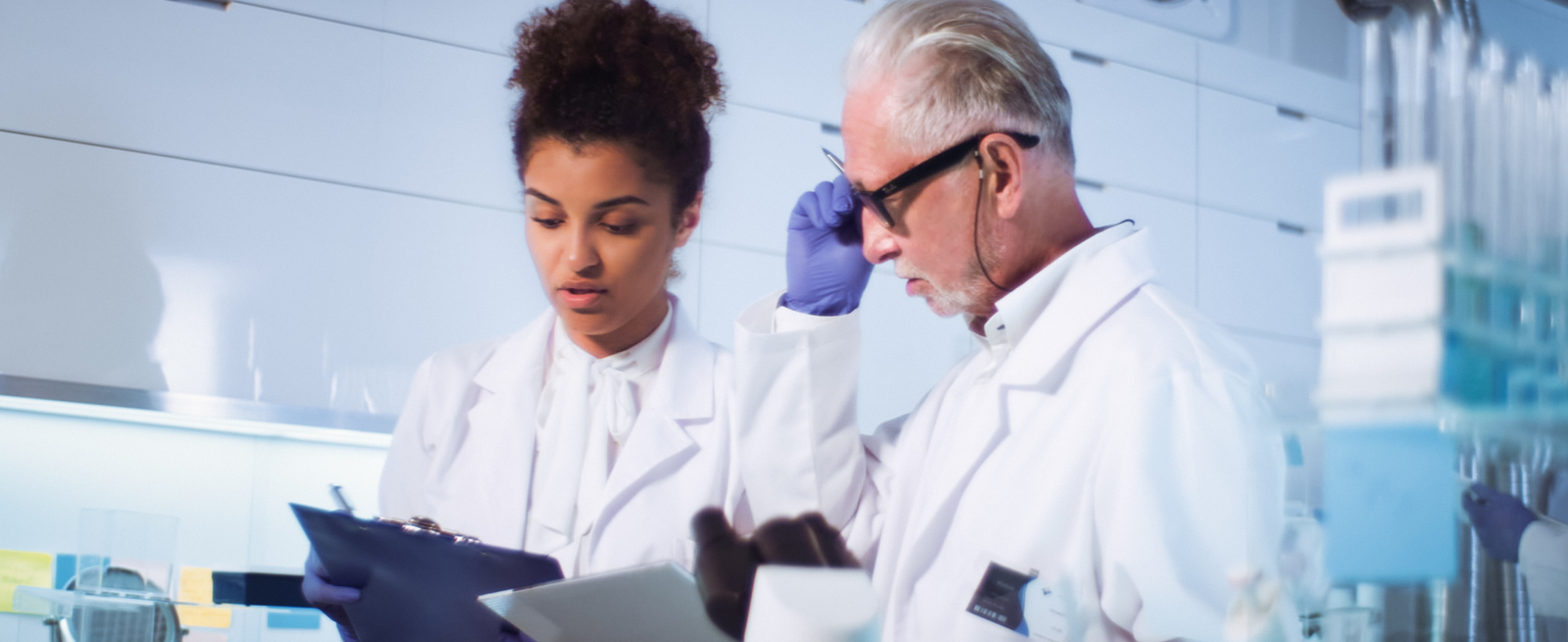| By K. Lee Lerner |
The 41st edition of the venerable and widely trusted American Men & Women of Science has released and introduces 4,000 new listees to this premier compendium of accomplished American scientists.
In continuous publication since 1906, American Men & Women of Science showcases the vital work and achievements of prominent scientists in all the major scientific fields, including science, technology, engineering, and mathematics (STEM). A few noteworthy scientists of interest in the 41st edition include:
Michael R. DeBaun, professor at Vanderbilt University, is both a pediatrician and research scientist whose contributions to combating sickle cell disease and its complications are widely recognized and lauded. DeBaun’s scientific work has focused on clinical studies that articulate the physiological mechanisms underlying sickle cell disease complications, including inflammation, pulmonary hypertension, stroke, and kidney disease. His work also includes development of prevention and treatment strategies for sickle cell disease. DeBaun is active in public health education efforts and other forms of patient advocacy intended to improve the quality of life for people suffering with sickle cell disease.
Kizzmekia Corbett, scientist at the National Institutes of Health (NIH), specializes in viral immunology, specifically the development of vaccines and therapeutics for emerging viral diseases. Her work at NIH contributed to the development of the groundbreaking messenger RNA (mRNA) technology-based Moderna COVID-19 vaccine. Corbett’s work has also elucidated the human immune response to viral infections, especially reactions to the HIV virus that causes AIDS. Her study of coronaviruses, including SARS-CoV-1 (the virus that causes COVID-19) and MERS-CoV, has focused on identifying effective, molecular-level vaccine targets, and she helped identify target sequences on the SARS-CoV-2 virus spike protein.
David Lobell, professor at Stanford University, is an environmental scientist whose insightful data analysis techniques have made significant contributions to understanding how climate change stresses agriculture and threatens food security. Lobell’s work with statistical models and large datasets helped establish an empirical understanding of the intricate relationships between climate and crops. His work illustrates how climate variability can dramatically challenge food production, especially in vulnerable developing countries already struggling with food security issues.
Ardem Patapoutian, professor at Scripps Research Institute and a Howard Hughes Medical Institute investigator, is a neuroscientist and molecular biologist whose work has helped advance the understanding of the molecular mechanisms of sensory perception. Patapoutian identified molecular-level receptors associated with touch and temperature sensations. In addition to articulating key biochemical mechanisms for proteins in sensory perception, he helped identify Piezo channels specialized for sensing mechanical pressure, and ion channels that help detect temperature changes.
Ayanna Howard, professor at Georgia Tech, is an electrical engineer specializing in the development of robots to help children with disabilities. These socially assistive robots are capable of interacting with human-like characteristics that make interfacing and controlling them natural and intuitive for a child. The robots can offer psychological support for children already facing physical and/or emotional challenges. Howard also develops educational games for children with special needs. Her contributions to the development of artificial intelligence facilitated the development of SnoMote, a robot capable of independently monitoring and measuring Antarctic snowfall. Howard’s work also includes the development of machine learning and algorithms capable of recognizing and responding appropriately to human emotions.
Carolyn Bertozzi, chemist at Stanford University and the Howard Hughes Medical Institute, was awarded one-third share of the 2022 Nobel Prize in Chemistry for her contribution to the development of click chemistry and bioorthogonal chemistry. Click chemistry is a form of chemical synthesis where a series of simple chemical reactions build highly specific complex molecules. Bioorthogonal chemistry describes chemical reactions that can occur inside living cells without disrupting normal physiologic processes.
American Men & Women of Science, 41st edition, is available in print and ebook format on the Gale eBooks platform.

Meet the Author
K. Lee Lerner is a writer, editor, and aviator who, along with Brenda Wilmoth Lerner, is the editor of the Gale Encyclopedia of Espionage, Intelligence, and Security; Climate Change: In Context; and many other award-winning books and articles on science, technology, and a range of global issues. A full bio and list of his work may be found at scholar.harvard.edu/kleelerner and harvard.academia.edu/KLeeLerner.

